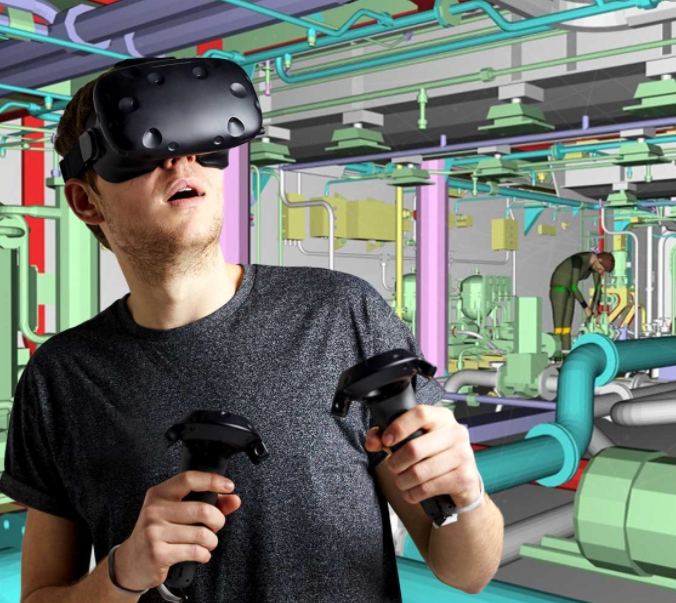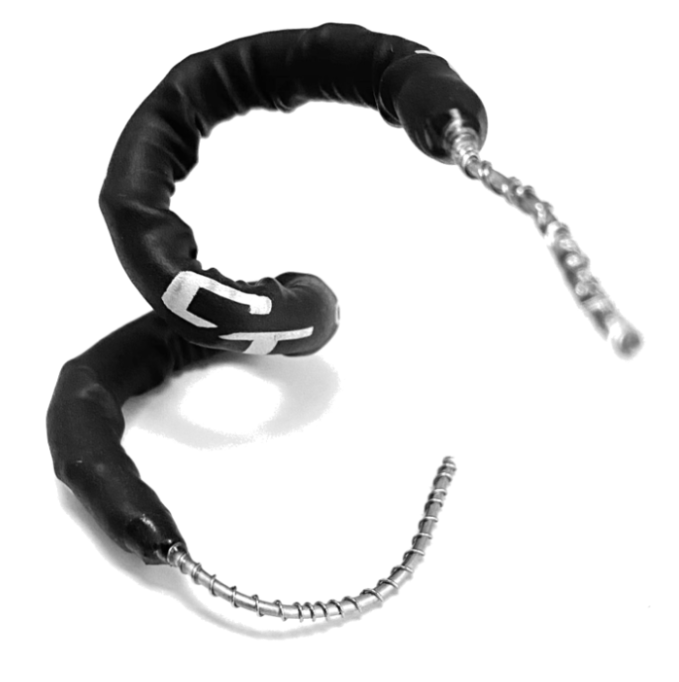Unreal Touch
Goal: Immersive computing.
Step 1. Engage sight.
Step 2. Engage hearing.
Step 3. Engage touch.
Step 4. Engage… I’ll leave that to your imagination.
In the meantime, Let’s talk about making our interactions with machines more engaging through touch, namely “haptics.”
For the purpose of not going off into too many directions at once, let’s further focus on the physical sensation of feeling like you are touching something.
Do you know that when you press on an Apple Haptic home button on an iPhone, that the “button” does not actually move? It just feels like it moves. Steve Jobs was obsessed with making that feeling as real as possible. Our sense of touch can be fooled.
Game controllers which let you feel vibrations have been around for a while. It adds an additional element of fun, even if you start out thinking it is kind of gimmicky. At first, the vibrations were just made with a little wobbly motor. Then we graduated to clever arrangements of coils and magnets. Alternatively, something similar to an audio speaker is used.
But why stop there? First, there was the Novint Falcon controller. It was supposed to be a “mouse killer” by providing force feedback for a 3D mouse. Side note: Falcons eat mice. Get it?
The Falcon was a clever idea, but it had limited range of motion and just never really caught on. It also was bizarre enough looking to be right out of a science fiction movie.
You can obtain haptic vests, suits, and gaming chairs. They are used by hardcore gamers but have not yet found widespread use. Movie theaters have seats also that allow you “feel” explosions and such.
But how cool would it be to be able to actually touch things with your hands in virtual reality (VR)? VRGluv is a glove with force feedback that gives you the sensation that you are touching objects.
However, haptics isn’t just for gamers. Haptics also have uses in training, medical, and industrial applications. It is easier to learn for many if they are fully engaged.
Even telepresence robots can benefit from haptics. As the pandemic has changed our perceptions on health and safety, perhaps this may be an alternative way for us safely shake hands again.
So, how do our Cable Based Capacitors (CBCs)fit into all of this? Haptics draw a fair bit of electrical power, but usually only for series of short bursts. This need makes haptics an ideal application for CBCs because they easily provide short bursts of power. This then allows for lighter batteries and thinner power supply cables. Furthermore, because CBCs are physically flexible, they can be worked into gloves, suits, and chairs and whatever future applications you may dream up.
How can you use CBCs to help your consumer feel the world?





